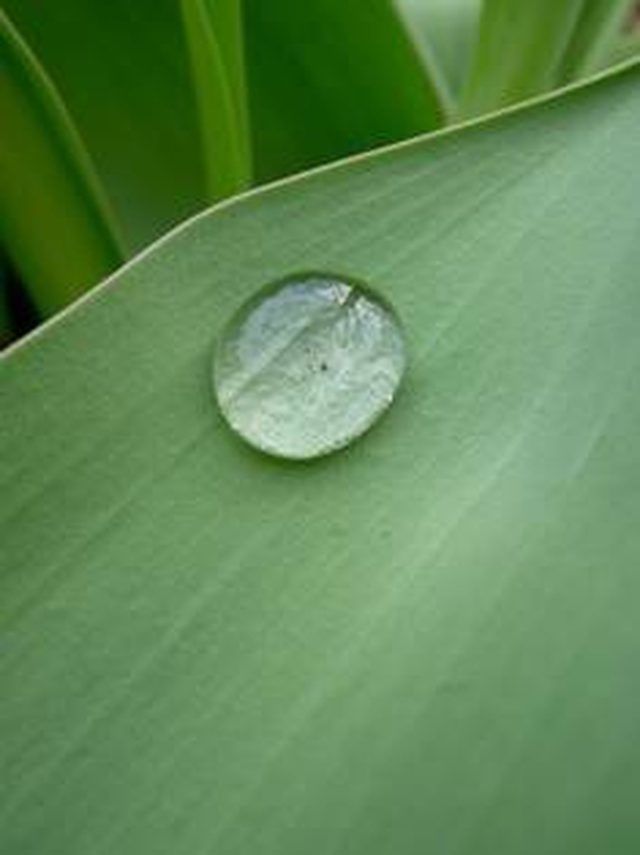Bulbs
Flower Basics
Flower Beds & Specialty Gardens
Flower Garden
Garden Furniture
Garden Gnomes
Garden Seeds
Garden Sheds
Garden Statues
Garden Tools & Supplies
Gardening Basics
Green & Organic
Groundcovers & Vines
Growing Annuals
Growing Basil
Growing Beans
Growing Berries
Growing Blueberries
Growing Cactus
Growing Corn
Growing Cotton
Growing Edibles
Growing Flowers
Growing Garlic
Growing Grapes
Growing Grass
Growing Herbs
Growing Jasmine
Growing Mint
Growing Mushrooms
Orchids
Growing Peanuts
Growing Perennials
Growing Plants
Growing Rosemary
Growing Roses
Growing Strawberries
Growing Sunflowers
Growing Thyme
Growing Tomatoes
Growing Tulips
Growing Vegetables
Herb Basics
Herb Garden
Indoor Growing
Landscaping Basics
Landscaping Patios
Landscaping Plants
Landscaping Shrubs
Landscaping Trees
Landscaping Walks & Pathways
Lawn Basics
Lawn Maintenance
Lawn Mowers
Lawn Ornaments
Lawn Planting
Lawn Tools
Outdoor Growing
Overall Landscape Planning
Pests, Weeds & Problems
Plant Basics
Rock Garden
Rose Garden
Shrubs
Soil
Specialty Gardens
Trees
Vegetable Garden
Yard Maintenance
Why Do Indoor Plant Leaves Turn Yellow?
Why Do Indoor Plant Leaves Turn Yellow?. Indoor plants add natural beauty to any room of your home, as long as they receive proper care. When plants show signs of ill health, such as yellowing or wilted leaves, you must evaluate all environmental conditions to determine the problem. Lighting, soil, water, fertilizer and insects all contribute to a...

Indoor plants add natural beauty to any room of your home, as long as they receive proper care. When plants show signs of ill health, such as yellowing or wilted leaves, you must evaluate all environmental conditions to determine the problem. Lighting, soil, water, fertilizer and insects all contribute to a plant's condition. Always follow the care instructions that accompany each plant, and alter its living conditions as needed. As there is no single specific cause of yellowing leaves, you must assess each factor to determine your course of action.
Light
Excessive or insufficient light adversely affects plant health. Indoor houseplants generally thrive with filtered sunlight coming from thinly curtained windows. Rotate the plant every 3 days for equal light absorption.
Water
Excess water limits the availability of oxygen and drowns the plant root. You should water most plants when the soil becomes dry to the touch, which is generally once per week.
Soil
Use quality, pasteurized potting soil for indoor plants. Drainage holes and an inch of gravel in the bottom of pots aid proper water distribution throughout the soil.
Fertilizer
According to North Dakota State University, the addition of nitrogen or chelated iron may improve leaf health within a few days. Always add fertilizer according to individual plant needs and manufacturer's instructions.
Insects
You can manually remove insects or use approved houseplant pesticide treatments. To prevent infestation of other plants, isolate the infected plant until treatment is completed.
Re-Potting
When minor adjustments show no improvement, you can re-pot the plant with new materials. Use a clean pot with proper drainage and quality soil, and water and fertilize as needed.